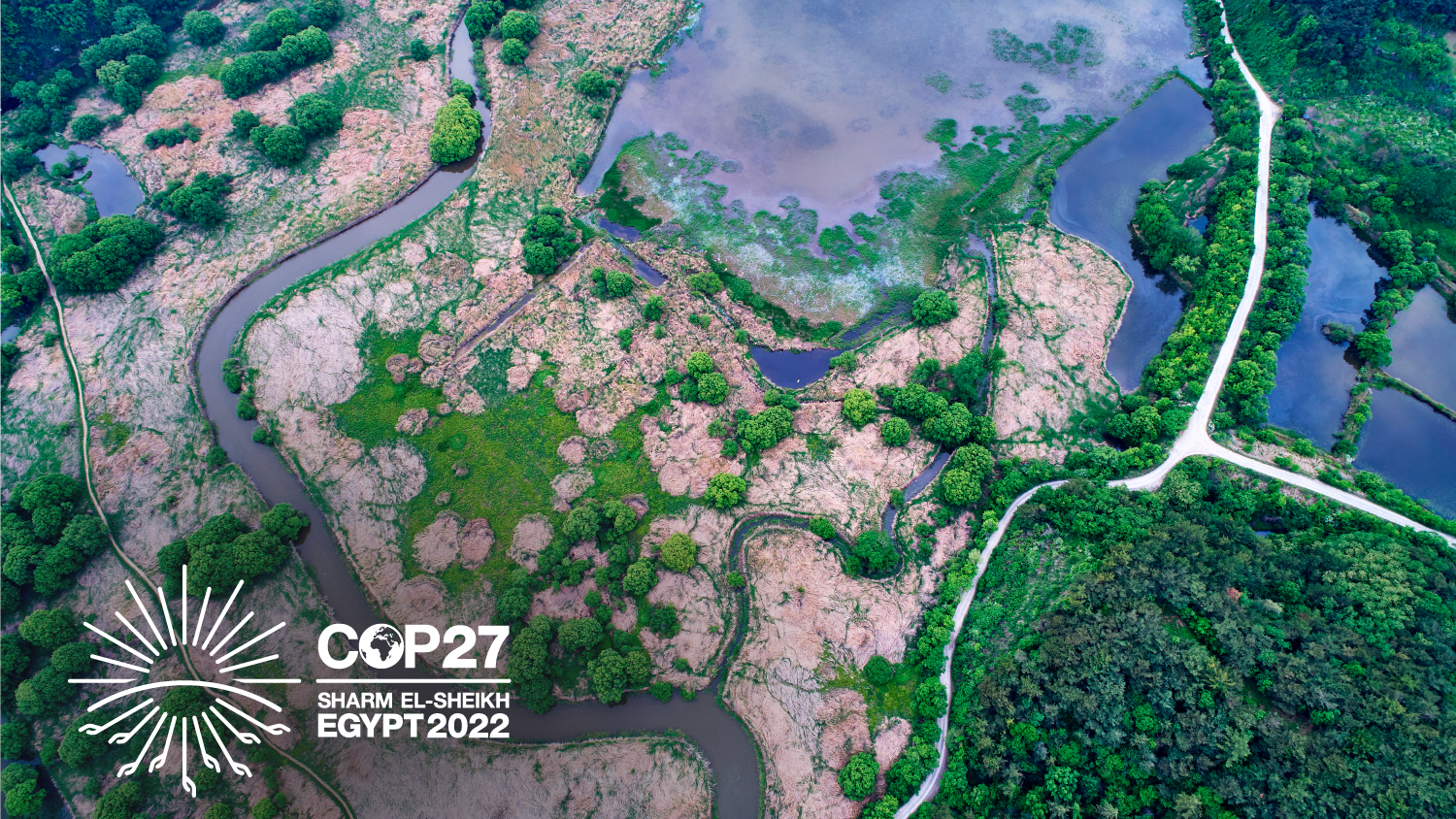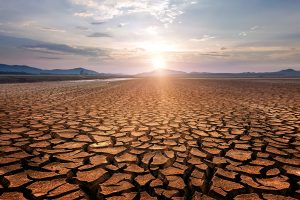- SIWI – Leading expert in water governance
- /
- Latest
- /
- How do states respond to climate change? 3 promising trends of the Nationally Determined Contributions
How do states respond to climate change? 3 promising trends of the Nationally Determined Contributions

This week, States and many others are gathering in Sharm El Sheikh, Egypt for COP27 for negotiations on climate change policies. This is also a key time for countries to assess and level up their commitments to mitigate their emissions whilst responding to the very real impacts of climate change.
One of the main means of articulating climate action is through Nationally Determined Contributions (NDCs) prepared in response to the Paris Agreement. NDCs generally include information on challenges, national vulnerabilities, proposed targets, and anticipated measures.
Over the last three years, SIWI has been analyzing enhanced Nationally Determined Contributions (NDCs) as they become available. The analysis has been focusing on those from Low- and Middle-Income Countries (LMICs), with the support of GIZ and the UNDP-SIWI Water Governance Facility. The objective is to better understand the role that water plays within national and global climate processes. Analysis of 114 NDCs from the LMICs revealed that water, and water-related measures and targets, are increasing their prominence with NDCs, with several identified trends that can be used to guide international partners on knowledge development and future investment.
Increased prominence of ecosystem-related measures
Probably the biggest shift in terms of water related activities was acknowledgement of the important role that ecosystems play in both mitigation and adaptation. We see in fact an increase of measures relating to ecosystem management or similar such as nature-based solutions. The shift was most pronounced in mitigation: including an increased role in emissions reduction for ecosystems such as wetlands and peatlands, as well as mangrove forest in tropical localities. 60 per cent of recent NDCs include such measures. Forests, and activities such as avoided deforestation, reforestation, afforestation, forest protection, restoration and rehabilitation, and sustainable forest management were common feature, found across 59% of analysed NDCs.
More attention to sub-national levels
While the NDCs are focused on national commitments and contributions, it is recognized that many commitments will be implemented at a sub-national level. It is also noted that water impacts and vulnerabilities, as well as local responses, will differ markedly within different geographical regions within a given state.
Basin, watershed, or catchment planning activities were found in 60% enhanced NDCs from LMICs. Many also included measures around Integrated Water Resource Management (IWRM). This was most evident in Sub-Saharan Africa, where most enhanced NDCs envisaged a strong role for IWRM in addressing water-related challenges and specific references to IWRM were found in approximately 51% of analysed NDC’s.
Higher interconnection between WASH and climate resilience
The number of NDCs that included wastewater activities across both mitigation and adaptation measures was very high at 64% of NDCs. Although wastewater commitments were only found in only 32% of mitigation sections. The emission reduction potential of wastewater was recognized in many but few included targets.
Water, sanitation, and hygiene (WASH) commitments more than tripled compared to the first round of NDCs. Approximately 45 per cent of LMIC NDCs included measures. Increasing access to water resources and water supply networks was the most popular type of measure found in 41% of NDCs, followed by sanitation measures (mainly under the WASH classification) in 34% of measures. General measures to increase climate resilience of water supply and WASH infrastructure were also found in approximately 26% of assessed NDCs. This reflects higher awareness of the connection between WASH and climate resilience. It also shows concerns that WASH-related infrastructure is under threat from climate change impacts. We can although note that specific references to SDG6 Clean Water and Sanitation were only found in approximately 35 percent of NDCs.
For related activities, the number of NDCs from LMICs that included wastewater activities across both mitigation and adaptation measures was very high at 64% of NDCs. Although wastewater commitments were only found in only 32% of mitigation sections. The emission reduction potential of wastewater was recognized in many but few included targets.
Despite these promising trends, amongst many others, there were a number of challenges, especially in terms of understanding the impact of these commitments. For example, only a few NDCs included provisions that specifically align with SDG’s targets and indicators, whether as evaluative tools or as measures of progress. We will cover this in a further article.
Analysis of NDC enhancement series

Analysis of NDC enhancement: Possible gaps
- Water and the 2030 Agenda
- Water and climate
- Transboundary Water Cooperation
- Water cooperation

Analysis of NDC enhancement: Integrative approaches
- Water and the 2030 Agenda
- Water governance
- Water and climate

Analysis of NDC enhancement: Increased role for water and water-related activities
- Indigenous knowledge
- Water and the 2030 Agenda
- Water and climate
- Gender and water

Analysis of NDC enhancement: First impressions
- Water and the 2030 Agenda
- Water governance
- Water and climate

Analysis of NDC enhancement: Foundations
- Water and the 2030 Agenda
- Water and climate
- Indigenous knowledge
Most recent

SIWI’s endorsement of the COP29 Declaration on Water for Climate Action
- Water and climate
- World Water Week
- Water governance

Women hold the key to building climate resilience
- Gender and water
- Resilience through water

World Water Week and SIWI in 2025
- World Water Week
- Resilience through water

SIWI-WASH experts join IVL

Water for Climate in Baku

SIWI Amman hosts Ghana representatives for WASH exposure visit in Jordan


